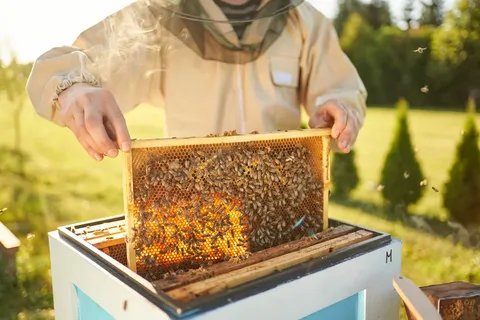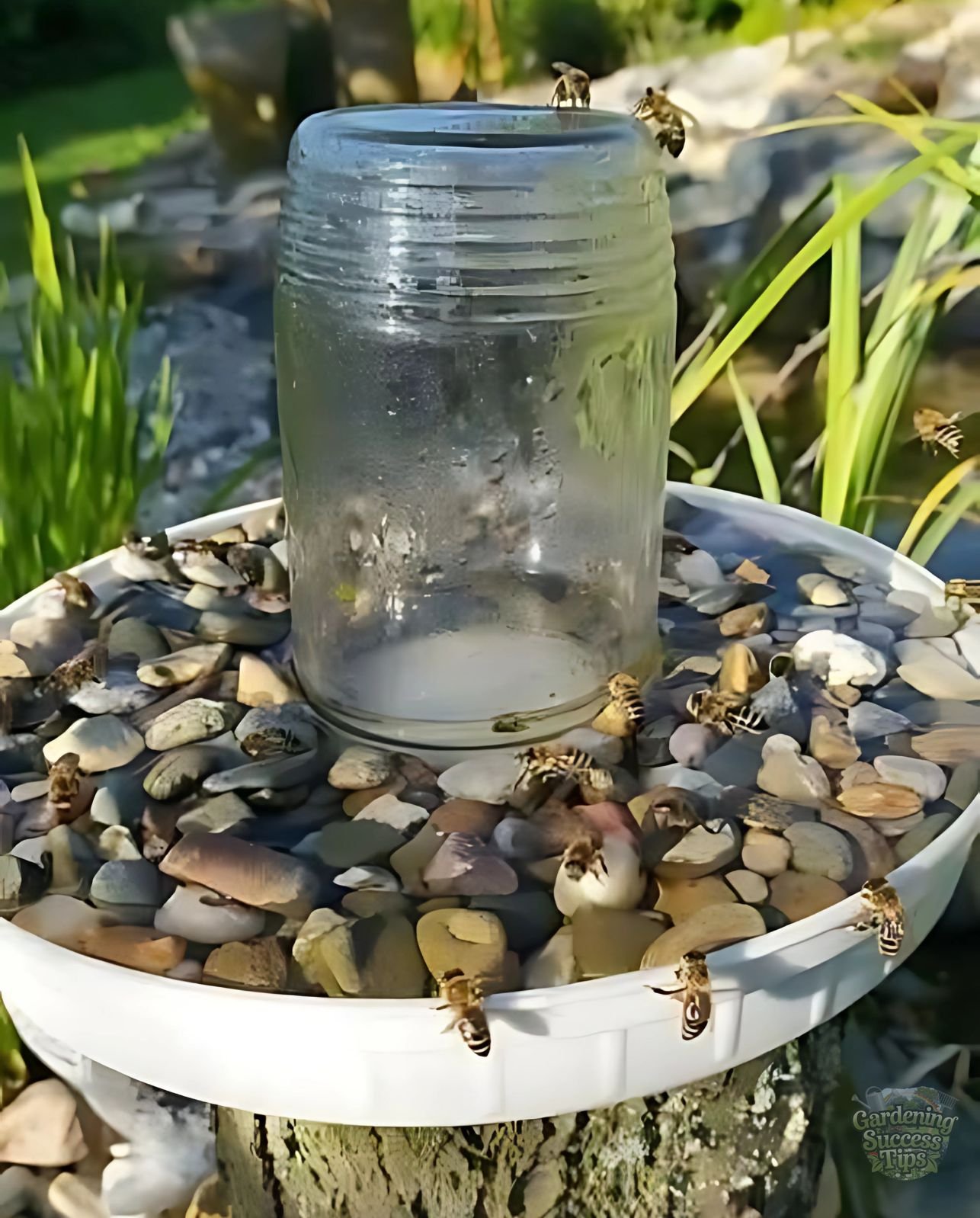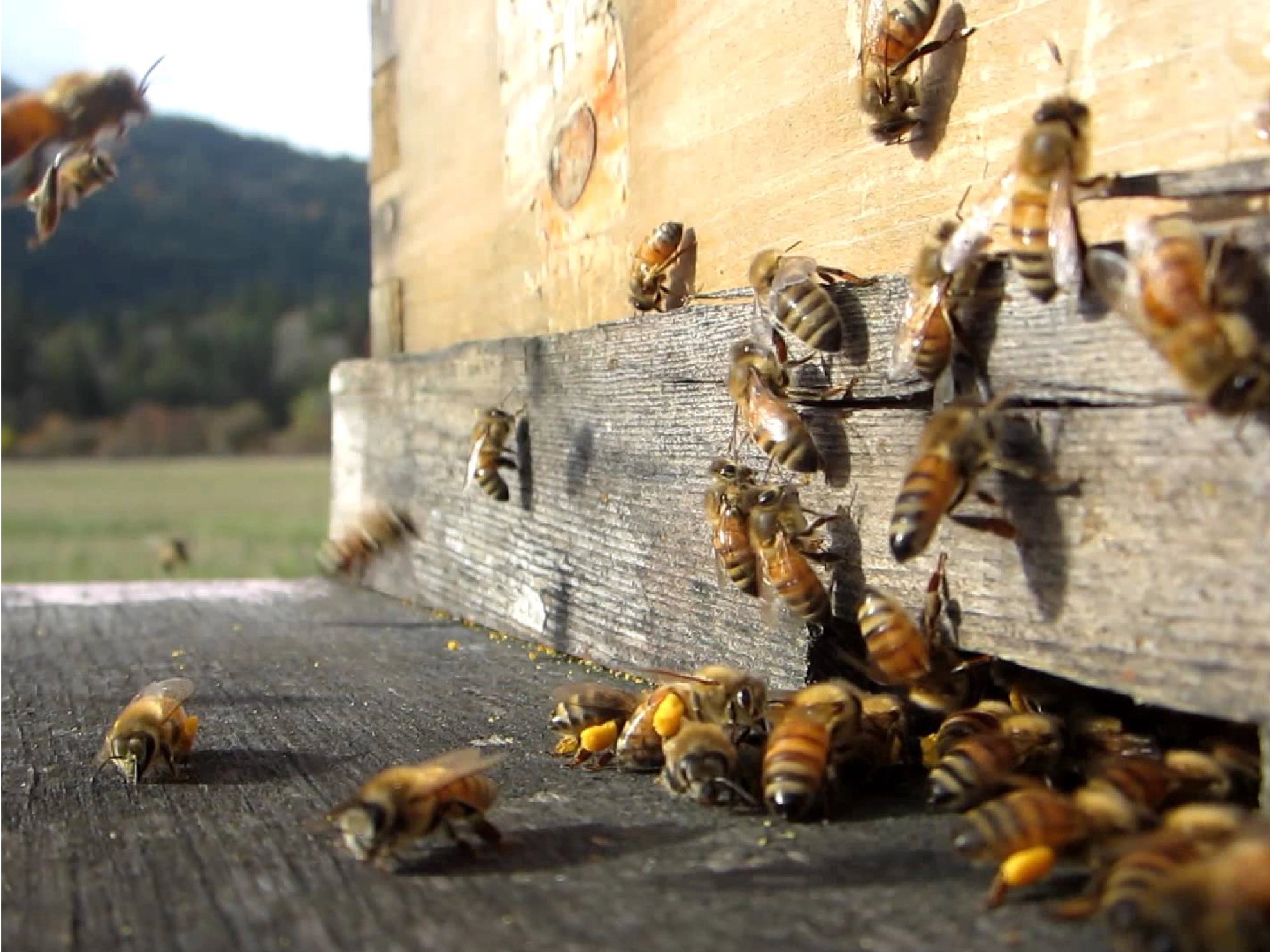Bees play a crucial role in our ecosystem by pollinating flowers and crops, but they are facing more challenges than ever. From habitat loss to pesticide exposure, bee populations are dwindling, and we must take action to protect them. While you may have heard various ways to help bees, not all advice is beneficial. In this article, we’ll provide a beekeeper’s insight into the best practices for supporting bees, including a key point you might not have known: **skip the fruit**

### Why Skip the Fruit? It Could Harm Bees
One of the most common pieces of advice people receive when trying to help bees is to leave out fruit for them to feed on. While it may seem like a helpful gesture, **fruit can actually be harmful to bees**. Here’s why:
1. **Bacterial Growth**: Fruit, especially when it starts to rot, can develop harmful bacteria that are dangerous for bees. When bees land on decaying fruit, they risk ingesting these bacteria, which can lead to diseases that may infect the entire hive.

2. **Fermentation**: Overripe fruit ferments quickly, and fermented fruit contains alcohol. Bees that feed on this type of fruit may become disoriented, lose their ability to fly, and may even succumb to alcohol poisoning, endangering the hive.
3. **Lack of Essential Nutrients**: While fruit contains sugar, it doesn’t provide the wide range of nutrients that bees need for their health and well-being, such as proteins, vitamins, and minerals found in pollen and nectar.
### The Best Way to Help Bees: Set Up a Bee-Friendly Watering Station
So, if fruit isn’t the best option, what can you do to truly help bees? A **bee-friendly watering station** is an ideal solution. Bees need water to hydrate, and setting up a proper water source can significantly aid in their survival, especially during hot weather when natural water sources may be scarce.
Here’s how to set up a bee-friendly watering station:

#### 1. **Choose a Shallow Container**
Bees are small and can easily drown in deep water. Choose a shallow dish or bowl that is wide enough for multiple bees to land on at once. You can use a birdbath, saucer, or even a small tray.
#### 2. **Add Natural Materials for Safety**
To ensure bees don’t drown, place **small pebbles**, **twigs**, or **small rocks** in the water. This will create landing spots for the bees to stand on while they drink, keeping them safe while still providing them with access to water.
#### 3. **Place the Station in a Safe Area**
Set up the watering station in a place that is sheltered from the wind and direct sunlight, so the water doesn’t evaporate too quickly. A shaded area or near your garden is a great spot to keep the bees safe and hydrated.
#### 4. **Keep the Water Clean**
Bees are sensitive to dirty water. Make sure to clean the container regularly, removing any debris or algae that may build up. Clean, fresh water will ensure the bees stay healthy and safe while drinking.
#### 5. **Refill Regularly**
During hot weather, water evaporates quickly. Refill the station often to ensure bees always have access to fresh water. A constant water supply is especially crucial for bee colonies during dry spells or summer months.
### Additional Ways to Help Bees
In addition to setting up a watering station, here are a few more ways you can help support bee populations:
1. **Plant Bee-Friendly Flowers**: Bees are essential pollinators, so planting a variety of flowers rich in nectar is key. Consider planting native wildflowers, lavender, sunflowers, and clover to attract bees to your garden.
2. **Avoid Pesticides**: Many pesticides are harmful to bees. Opt for natural pest control methods, and if you must use chemicals, choose organic, bee-safe options that won’t harm pollinators.
3. **Provide Habitat for Bees**: Create a bee-friendly environment by leaving patches of uncut grass, providing nesting sites, or even installing a bee hotel for solitary bees.
4. **Support Local Beekeepers**: Beekeepers play a critical role in bee conservation. Consider buying honey from local beekeepers, who often engage in sustainable practices that protect bee populations.
### Helping Bees the Right Way
While fruit might seem like a natural offering to bees, it can actually do more harm than good. Instead, setting up a **bee-friendly watering station** is an easy and effective way to truly support these vital pollinators. By providing fresh water, planting bee-friendly plants, and taking steps to protect their natural habitat, you can make a meaningful difference in helping bees thrive.
Start setting up your bee watering station today, and do your part to create a healthier environment for bees—and for us all.
